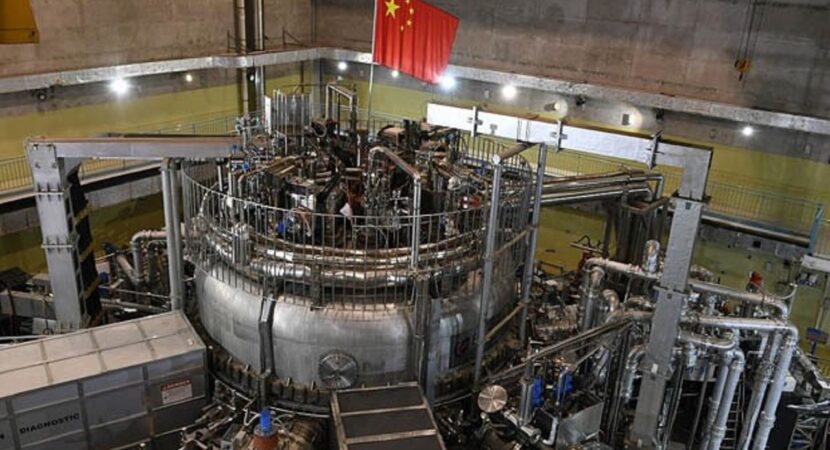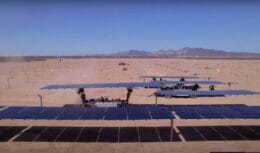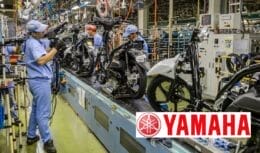
With several improvements already made to the “artificial sun”, Chinese researchers believe that, very soon, they will be able to use this source of clean energy to its inexhaustible potential.
Some Chinese scientists, in the midst of an experiment with the Chinese artificial sun, were able to reach a new world record with regard to renewable energy, managing to reach a plasma temperature of 120 million degrees Celsius, lasting for exactly 101 seconds, last Friday (31/12). This is considered an extremely important step towards the direction of a study of the experimental operation of a fusion reactor.
Read other related news
Details on the Chinese “artificial sun” experiment
The announcement about the advance in the experiment was given by the researcher of the Institute of Plasma Physics of the Chinese Academy of Sciences (ASIPP), Gong Xianzu, who was also responsible for the experiment carried out in Hefei, capital of Anhui Province, located in eastern China.
According to Xianzu, the so-called “artificial sun” managed to keep the temperature around 70 million degrees Celsius for about 17 minutes and 36 seconds during the experiment last Friday (31/12).
Exemplifying why this experiment is considered fundamental and so important, it can be said that the temperature reached by EAST is impressive, as only the Sun can record “only” the temperature of 15 million degrees Celsius.
The Chinese “artificial sun”
The reactor was named the “artificial sun” because its objective is to recreate nuclear fusion, which is a process similar to what happens in stars, including the Sun, something that could become an almost inexhaustible super source of clean and renewable energy.
In May 2021, during other experiments, Chinese facilities managed to reach temperatures around 160 million degrees Celsius, but for less time, for just 20 seconds. With this new reactor, or “Chinese artificial sun”, the possibilities of having renewable energy for long periods of time increase, reducing costs and acting in favor of sustainability.
The Tokamak Advanced Experimental Superconductor (EAST) is located in the city of Hefei, which is about 500 km west of Shanghai, China. The device is around 11 meters high, eight meters in diameter, with an approximate weight of more than 400 tons.
Importance of artificial sun
Since mid-2018, China has been working on this “artificial sun”, seeking different ways to recreate the nuclear reaction process that occurs in the Sun and other stars.
China believes that the improvement of this reactor – or Chinese artificial sun – will obtain a long-awaited result: an almost inexhaustible source of renewable energy. For this reason, China continues to improve and reassess the possibilities for improvements, so that it is possible to use this renewable energy source as soon as possible.
Another two reactors are part of the project of the Hefei Institute of Physical Sciences of the Chinese Academy of Sciences. The reactors are close to EAST, but smaller than it. One of the reactors was installed in southwest China, in the city of Chengdu, and the other reactor was built in Wuhan.
Renewable energy in Brazil: Aneel projects double investments in wind and solar energy for 2022
Investments in solar energy and wind energy will continue to grow in Brazil next year, due to the expansion of renewable energy sources among residential, industrial and commercial consumers, and the new regulation of distributed generation. The high cost of electricity in the regulated market, which does not have reduction estimates for the next year, is also contributing to users switching to renewable energy and distributed generation.
The solar energy sector will be a major highlight for next year, according to the National Electric Energy Agency (Aneel). The renewable energy source will already contribute with around 3% of the national energy matrix until the end of this year.
The number of companies, rural properties and homes that currently have solar energy installations surpassed 123 in 2019 to 215 last year and 314 by the beginning of this month, according to Aneel.












